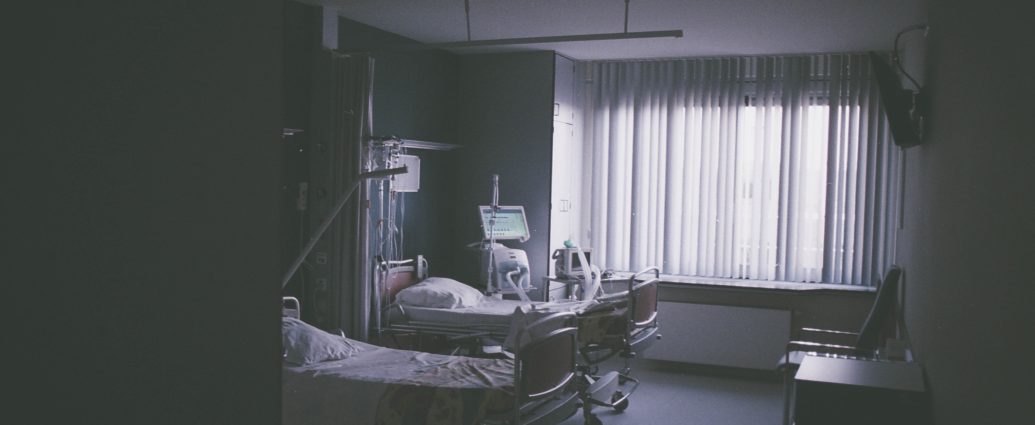Nearly a year into the pandemic, most of the British population are still completely overwhelmed with images and footage of Coronavirus sufferers confined to hospital beds and ventilators. Of those forced to work laborious shifts on hospital wards with little to no sleep. Of the families who will never see their loved ones again. This then raises the question: is hospital coverage of seriously ill patients benefiting our population through stringent education, or have we become desensitised to the horrors that this pandemic has reaped?
“The first UK lockdown was highly successful in reducing the R-rate”
At the beginning of the pandemic in March 2019, Covid-19 was a new and daunting virus that immediately instilled fear and dread across the globe. With its properties still largely unknown to scientists, most chose to ‘stay at home’ to protect themselves and their loved ones.
The first UK lockdown was highly successful in reducing the R-rate, allowing for a relaxation in restrictions and an enjoyable British summertime. Two seasons later and the UK government were forced to adopt new tactics to encourage the British population, now completely Covid fatigued, to ‘stay at home’.
The media has begun to increase its coverage of the atrocities in hospitals across the UK, broadcasting live and pre-recorded footage onto the nation’s news channels. This new scaremongering tactic has caused a divide amongst the British population: many finding the news depressing and unbearable, while others have becoming completely desensitized.
News channels have been inundated with amassed film footage of Covid-19 patients, most of whom are featured struggling on ventilators, some of whom sadly lose their battle. Hospital footage began as a governmental initiative partly to educate and partly to scare the British public into compliance. And it worked – until it didn’t.
“If you see something enough and to a great extent, it is less of a shock and becomes a part of your daily life. You can either be upset every day, desensitized, or avoid the news completely,” said Chance Raine, a Music student.
Repeated coverage of traumatic and disturbing footage is pre-empted to eventually desensitize a population – it is only a matter of time.
“It’s impossible to maintain that level of care about anything without having a nervous breakdown,” said Hannah Foulsham, History graduate.
“This pandemic has stretched governmental and social boundaries”
Achieving a balance between the right amount of news content and too much has grown increasingly difficult with the constant negativity splashed across all British news outlets. With escapism difficult under lockdown pressures, many have resorted to avoiding the news altogether.
This then raises the question: how can the government alter their tactics to remind the UK of the devastating impact of this virus whilst, at the same time, protecting Britain’s population from a mental health crisis?
This pandemic has stretched governmental and social boundaries and brought into question the efficacy of each institution in providing a duty of care to the people of Britain. Whilst Covid-19 coverage in hospitals was certainly effective at the start, its impact is questionable and something the British government may need to change.
Madeleine Raine
Featured image Daan Stevens via Unsplash. Image license found here. No changes have been made to this image.

